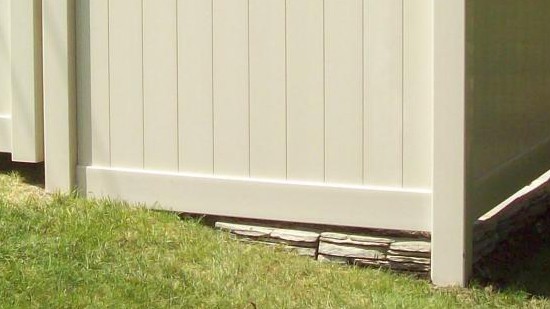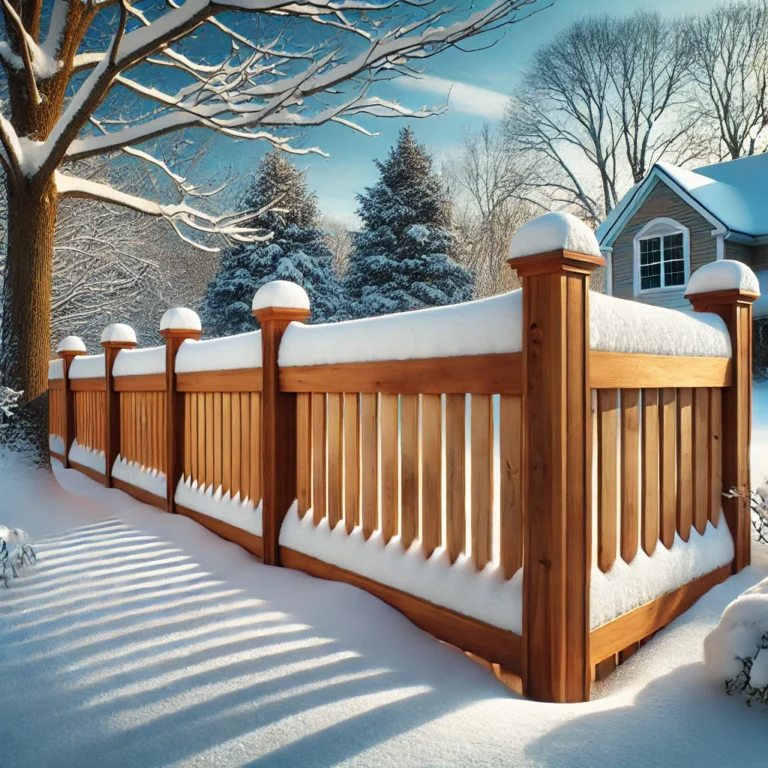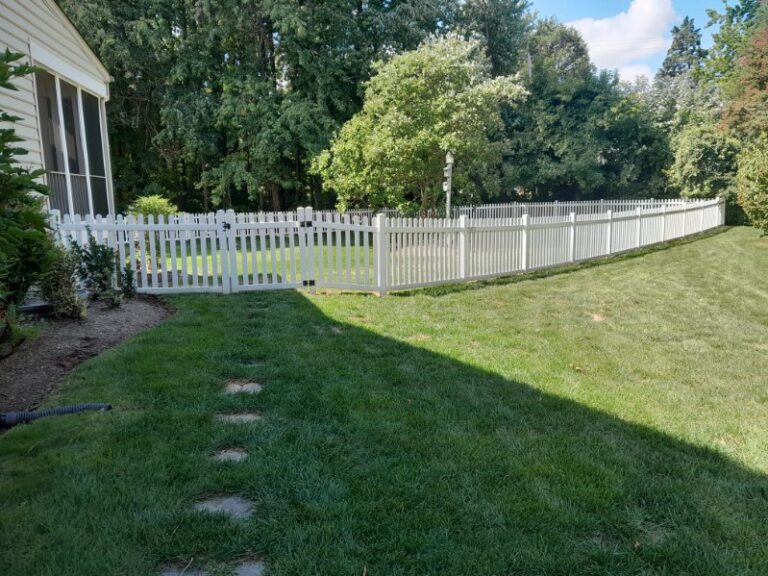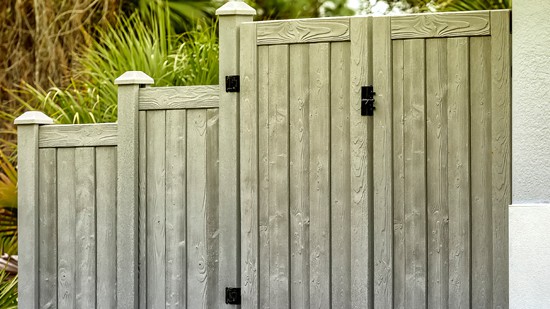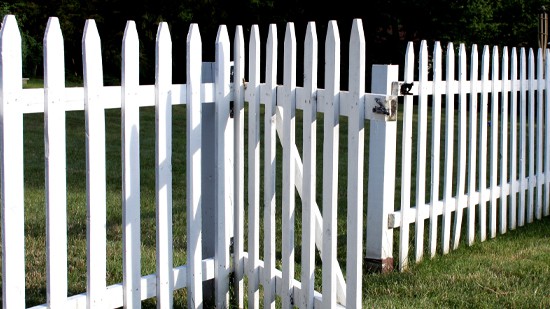Some people get fencing for its appearance, but others get it for their children or pets. If you want to keep your dog in your yard, you need to make sure your fence is set up properly. Let’s explore some dog-friendly fence adjustments to keep your pet secure all year long.
Fence Adjustments: Have the “Ugly Side” Facing out
If you are installing a new privacy fence around your yard, you need to determine how the “ugly side” will face. Proper fencing etiquette would tell you to put the side with the polls and supports on the inside of your yard. However, if you have a dog, these horizontal posts could give him a chance to jump or climb out. If you have a small dog, this will not be an issue and you can face the fence properly. If not though, you may need to consider an inside-out alternative.
Keep this in mind if your neighbors have dogs as well. If their dogs are liable to jump the fence and yours aren’t, keep the ugly side in your yard. If your dogs jump but theirs do not, flip it around.
Avoid Open Style Fencing
Some fences are designed with openings to create more visibility. For instance, if your property backs up to a pond or lake, you may have open style fencing to preserve the view. These gaps in the fence are not ideal for dogs. You will need to make fence adjustments to ensure that your dog cannot get off the property. Think about how tall your dog is when standing on his back legs alone. The make your adjustments accordingly.
Keep Items away from Your Fence
This step does not require actual fence adjustments, but does require you to think carefully about your fencing. Do not put anything near the fence that your dog could use as a step up. A shed or other tall structure will not be a problem, but a short bench or flower bed will. These items should be far enough away from the fence line to prevent your dog from jumping out.
Check for Loose Fence Posts
A fence that looks sturdy at first glance may have several loose fence posts. These posts are small doors allowing your pet to get out of the yard. If you notice a loose fence post, secure it with new nails or screws. If the post is cracked or broken, you may need to replace it altogether. Do this check periodically to protect your pets and your fencing.
Cover Gaps under Your Fence Posts
Most fencing is installed so that the top of the posts look straight and level. If the ground below is uneven, this may leave gaps in certain areas. Even if your dog cannot fit through the gaps right now, he may dig a hole big enough to get under. There are several ways to cover this space. You could get a mud board, which is a horizontal board that protects the base of the fencing. You could also use blocks or chicken wire to prevent digging in this area.
Think ahead about how your dog may act around your fencing, and make any adjustments necessary to secure your property and safeguard your pet. For more helpful tips, contact All Around Fence, LLC to schedule a free fence inspection.
See Related Blog Post:
Dog Fencing Options

